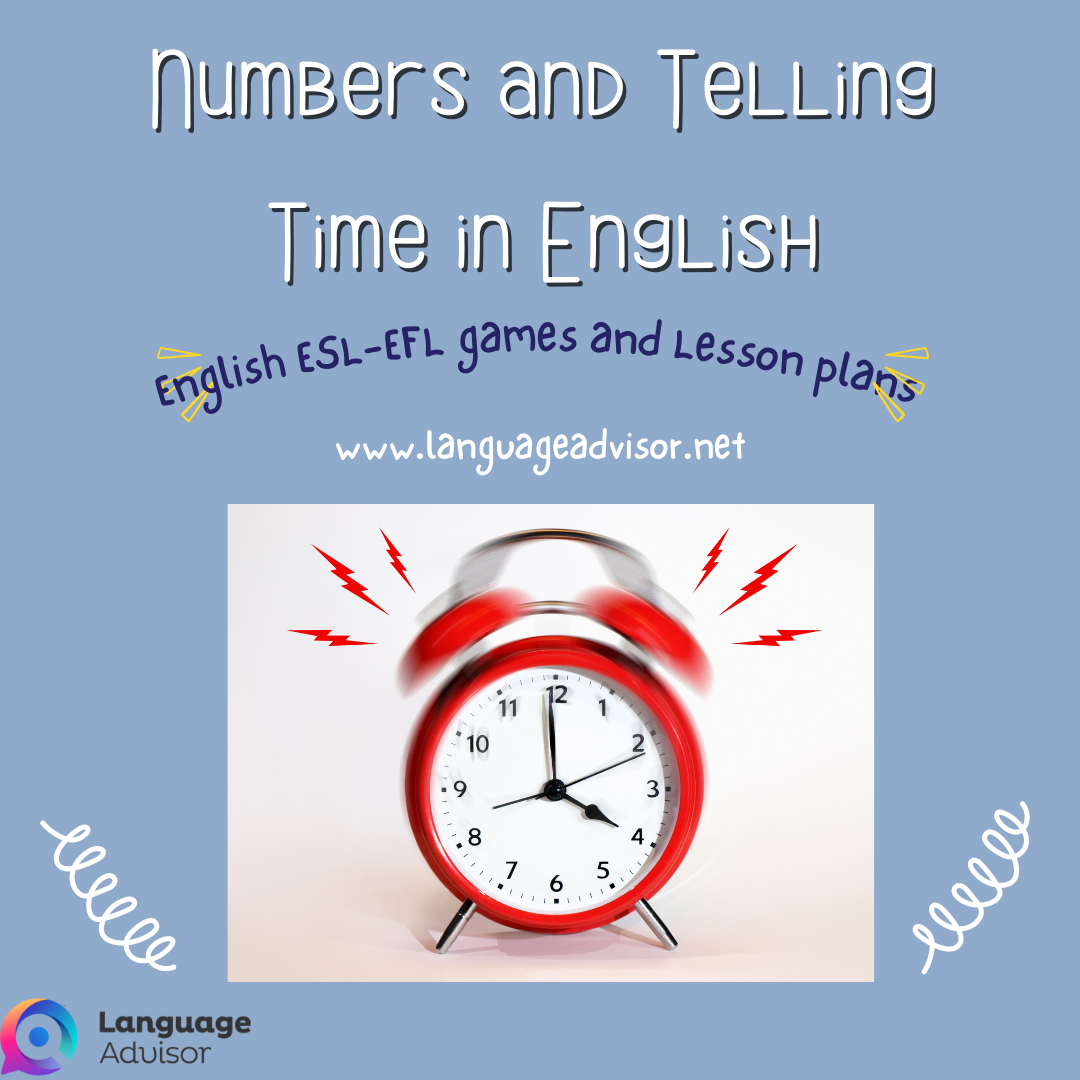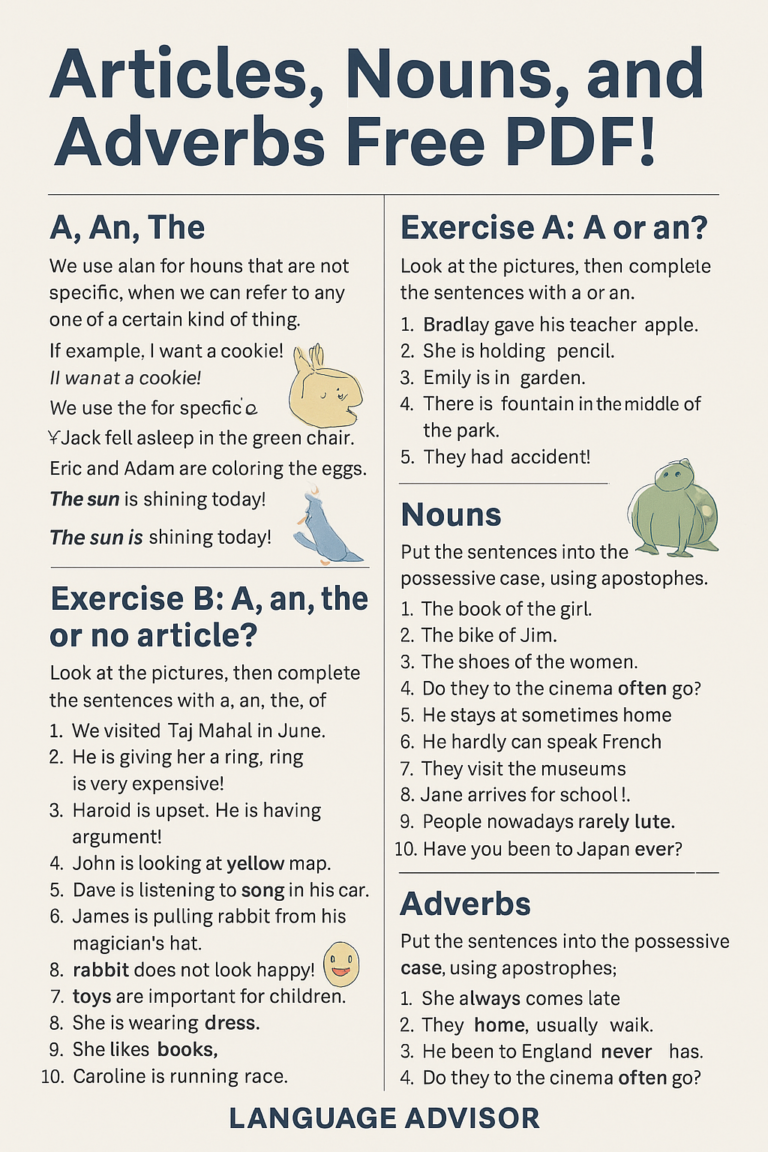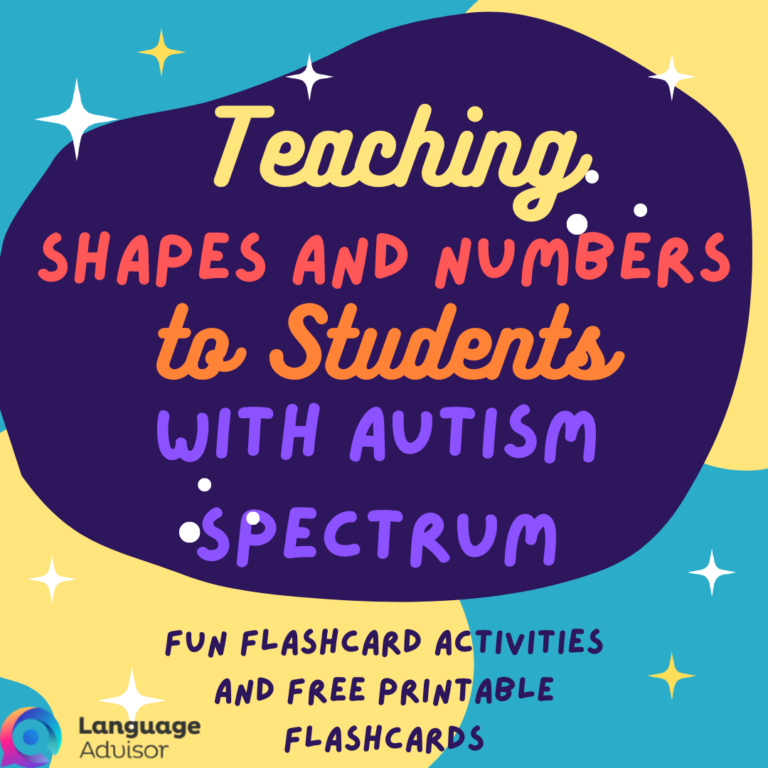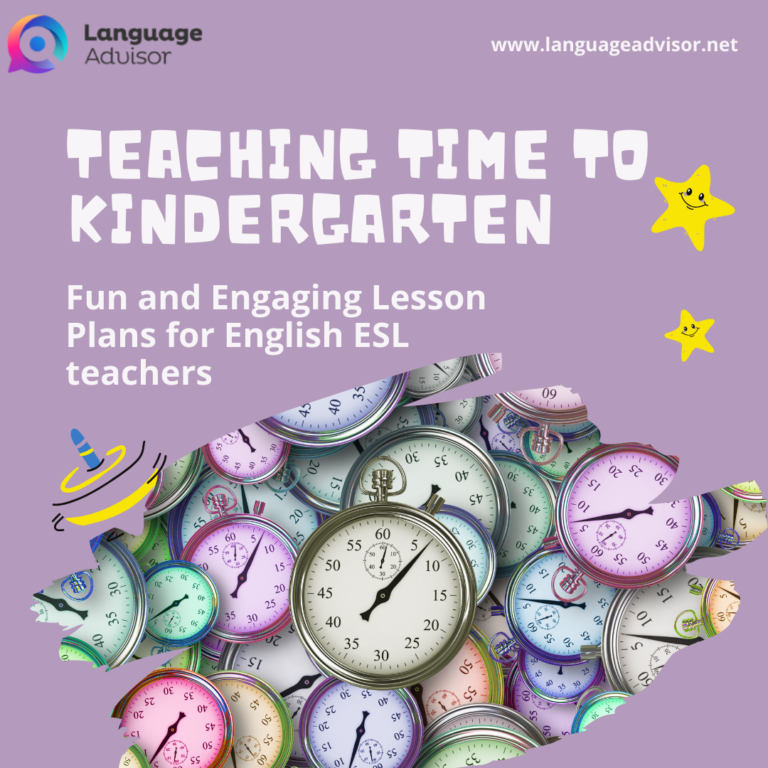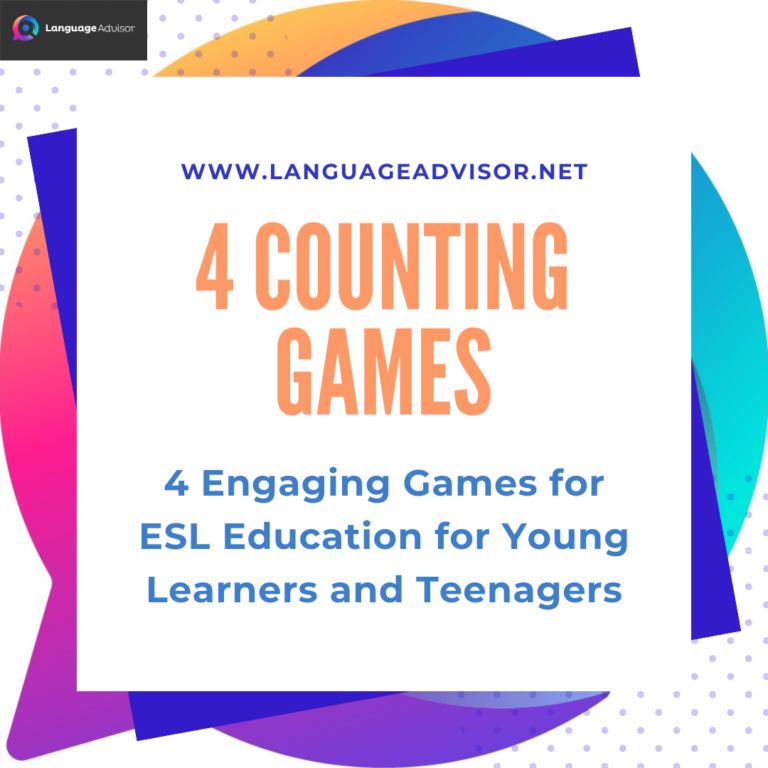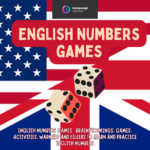Numbers and Telling Time in English. English ESL-EFL games and Lesson plans to learn and practice numbers and telling time in English
Numbers and Telling Time in English

Numbers in English

Telling the time in English
There are two common ways of telling the time.
1) Say the hour first and then the minutes. (Hour + Minutes)
- 6:25 – It’s six twenty-five
- 8:05 – It’s eight O-five (the O is said like the letter O)
- 9:11 – It’s nine eleven
- 2:34 – It’s two thirty-four
2) Say the minutes first and then the hour. (Minutes + PAST / TO + Hour)
For minutes 1-30 we use PAST after the minutes.
For minutes 31-59 we use TO after the minutes.
- 2:35 – It’s twenty-five to three
- 11:20 – It’s twenty past eleven
- 4:18 – It’s eighteen past four
- 8:51 – It’s nine to nine
- 2:59 – It’s one to three
When it is 15 minutes past the hour we normally say: (a) quarter past
- 7:15 – It’s (a) quarter past seven
When it is 15 minutes before the hour we normally say: a quarter to
- 12:45 – It’s (a) quarter to one
When it is 30 minutes past the hour we normally say: half past
- 3:30 – It’s half past three (but we can also say three-thirty)
O’clock
We use o’clock when there are NO minutes.
- 10:00 – It’s ten o’clock
- 5:00 – It’s five o’clock
- 1:00 – It’s one o’clock
Sometimes it is written as 9 o’clock (the number + o’clock)
12:00
For 12:00 there are four expressions in English.
- twelve o’clock
- midday = noon
- midnight

Here two activities to teach the numbers and telling time in English

Numbers
Objectives:
That students will be able to recognize, pronounce, and use the numbers correctly.
Presentation:
Write the numbers on the board with their universal symbol and how it is written in English so that the students can read for pronunciation.
Practice:
– Read through the numbers 1 – 20, and point out that 1 – 12 will just need to be memorized, but explain the “teen” system for 13 – 19. Also, once you get to 20, 30, 40, 50, 60, 70, 80, 90, and so on it’s just the first part of the number plus a repeat of 1 – 9 which they already know.
– New “Number” Vocabulary:
1 – one
2 – two
3 – three
4 – four
5 – five
6 – six
7 – seven
8 – eight
9 – nine
10 – ten
11 – eleven
12 – twelve
13 – thirteen
14 – fourteen
15 – fifteen
16 – sixteen
17 – seventeen
18 – eighteen
19 – nineteen
20 – twenty
30 – thirty
40 – forty
50 – fifty
60 – sixty
70 – seventy
80 – eighty
90 – ninety
100 – one hundred
1,000 – one thousand
– To practice have them first write the information in their notebooks.
– Then practice counting as a class out loud all together.
– For oral practice have the students get into a circle and go around and count, IF the student says the wrong number they are eliminated, have them go as long and as high as they can using their knowledge and the patterns they have learned.
Homework:
For homework have them write out the numbers up to 50 for practice.


Telling Time
Objectives:
That the students will be able to be able to ask the time and tell the time.
Warm-Up:
Review the numbers simply by counting together as a class, and have the students show you their homework.
Presentation:
– Have the students copy down the following questions and their translations:
1. What time is it? =
2. Do you have the time? =
3. Can you tell me what time it is? =
– Then start the lesson by teaching the students the easiest methods of telling the time.
Practice:
– By drawing clocks on the board demonstrate visually that it is 3 o’clock, and then explain to the students that when the clock says 3, or 4, or 5, or whatever you tell the time by saying, “It is 3o’clock.” Do everything with visual aids.
–Teach them the following phrases:
1. am indicates the morning (from 12am to 11am)
2. pm indicates the afternoon and evening (from 12pm to 11pm)
3. The use of “15” as in “it’s 1:15”
4. Equivalence of 1:15 or “it’s a quarter after 1”
5. The use of “30” as in “it’s 1:30”
6. Equivalence of 1:30 or “half past 1”
7. The use of “45” as in “it’s 1:45”
8. Equivalence of 1:45 of “15 minutes till 2”
9. 12:00 pm called “Noon”
10. 12:00 am called “Midnight”
– Practice as a class telling time with different clocks that are drawn on the board.
Call on different people so that you can find out if they understand and so that the students can get practice saying these different phrases. Also reverse the process by saying times and then having the students draw the clocks.
Homework:
Give the students new vocabulary words (verbs) and have them associate the new words with what time they usually do those verbs.
1. wake up =
2. brush teeth =
3. get dressed =
4. eat breakfast =
5. go to school =
6. work =
7. cook food =
8. wash hands =
9. watch television =
10. go to bed =

Also check out these resources on Numbers and Telling Time in English


